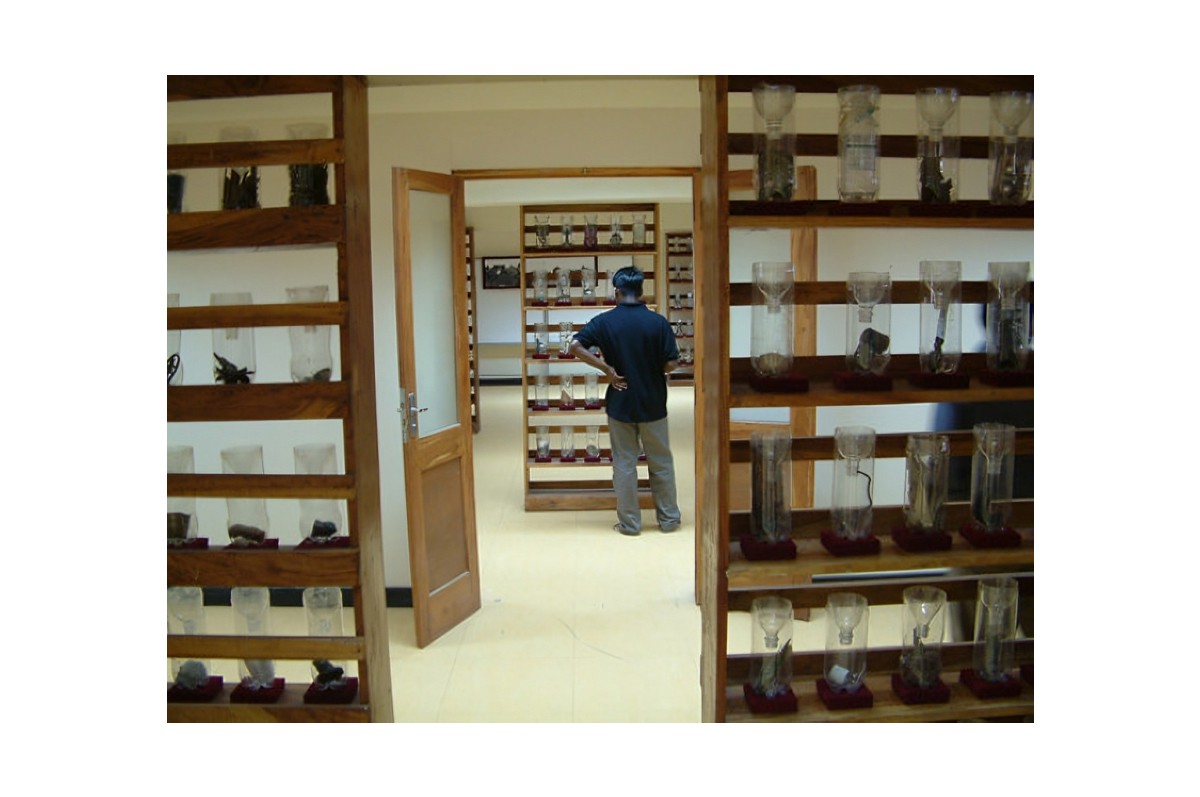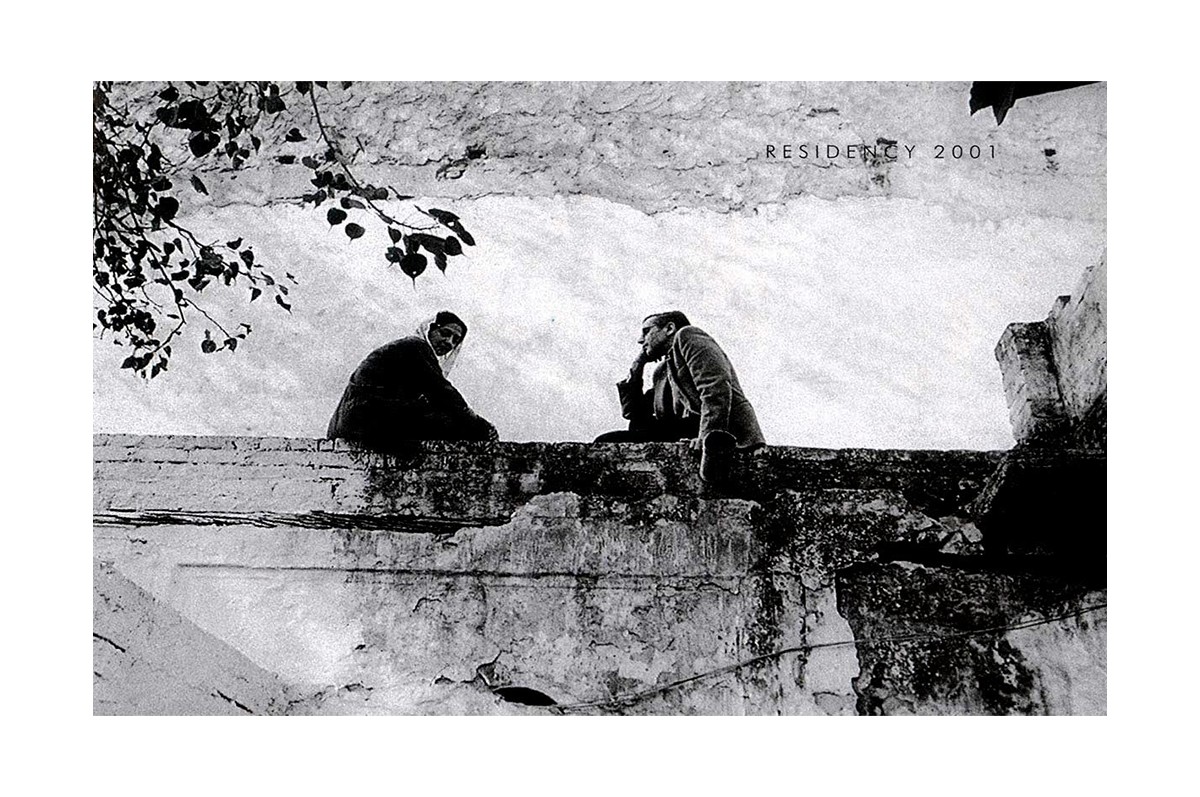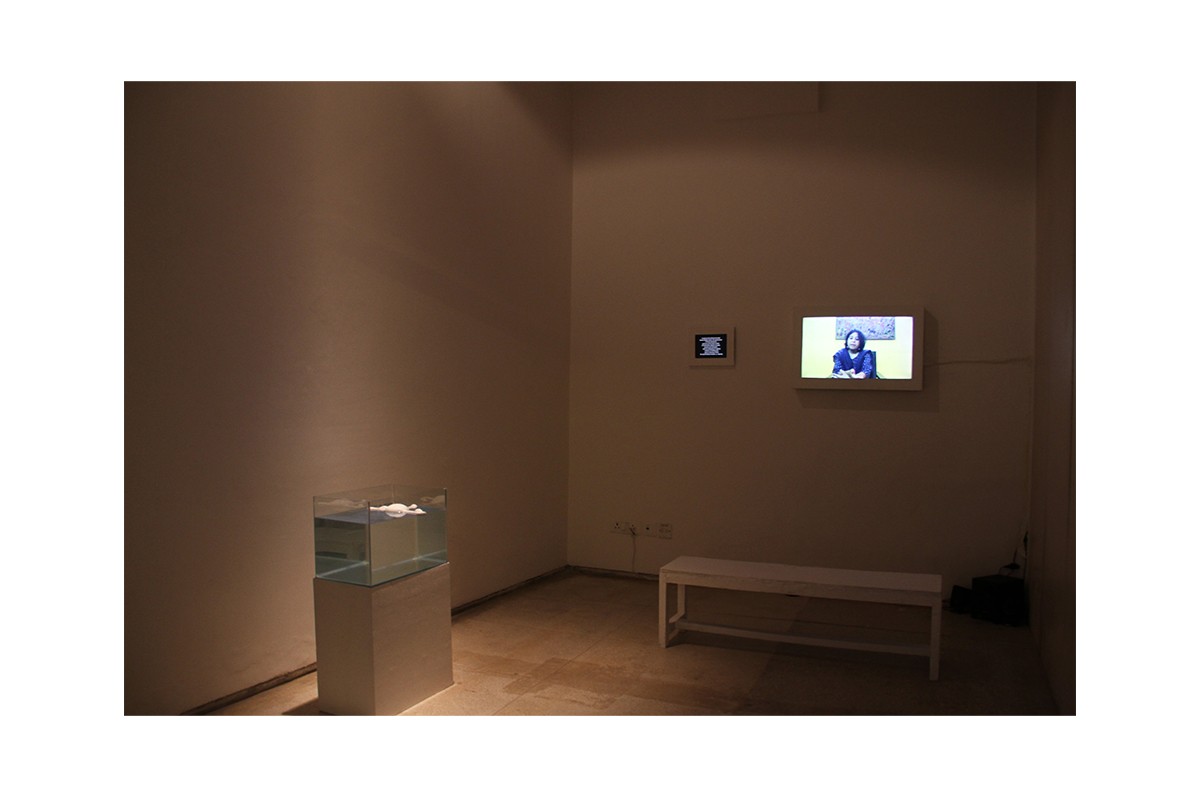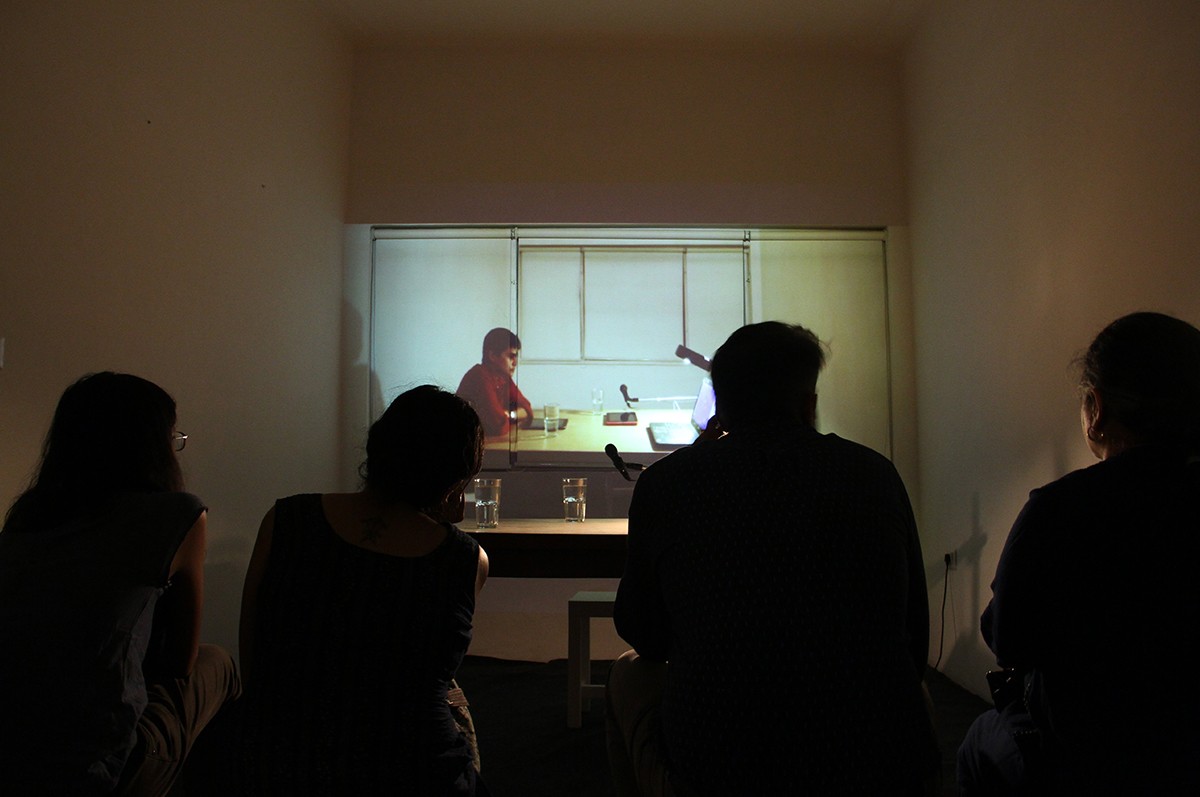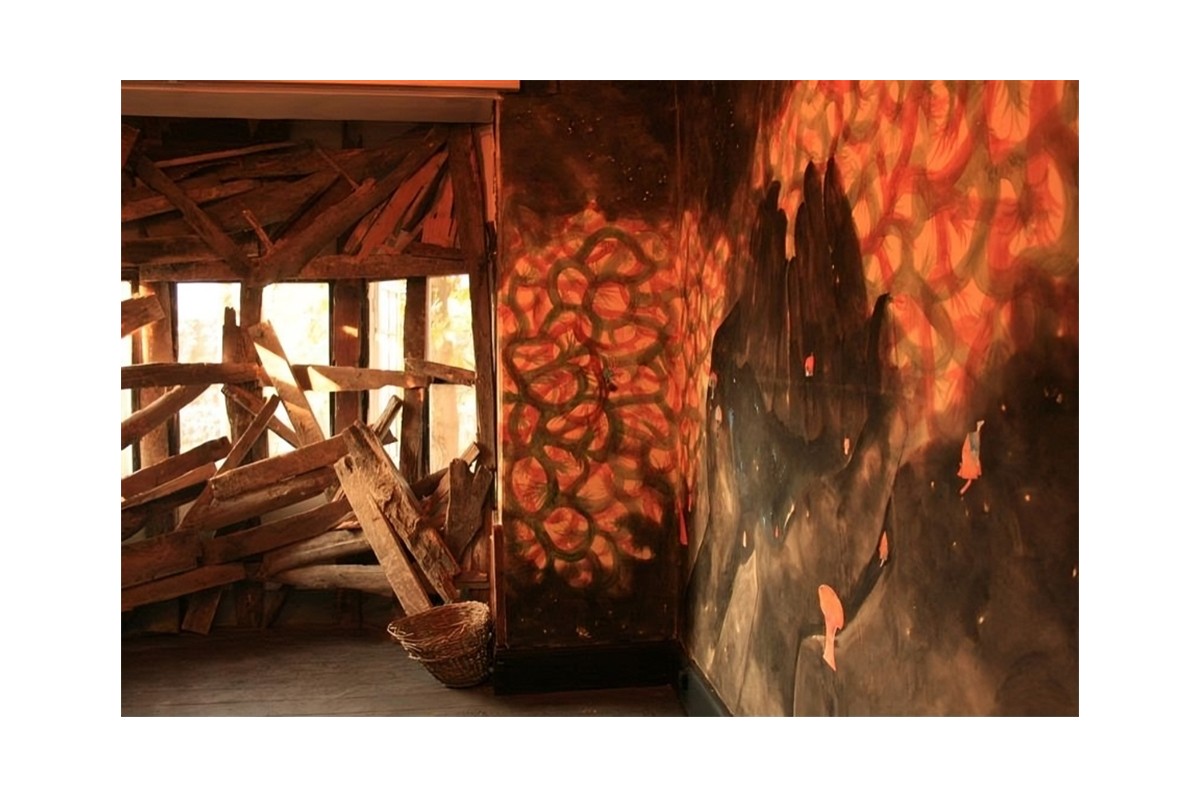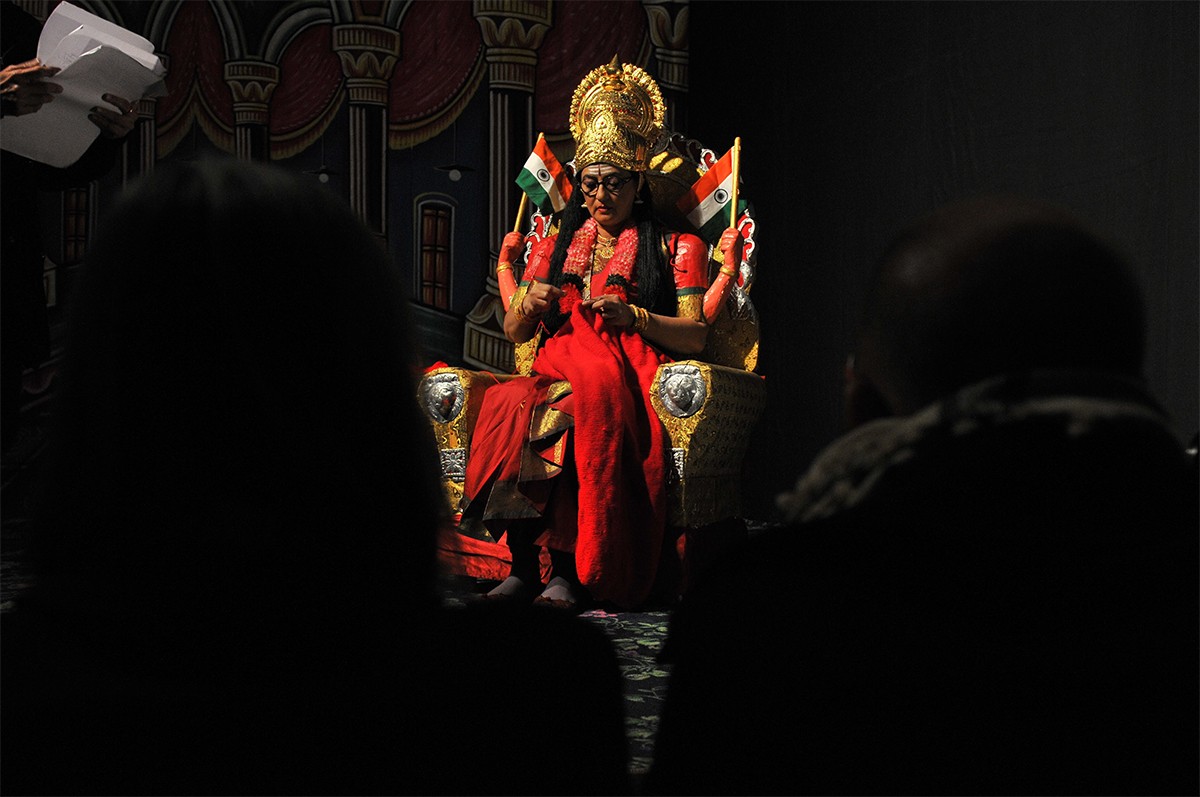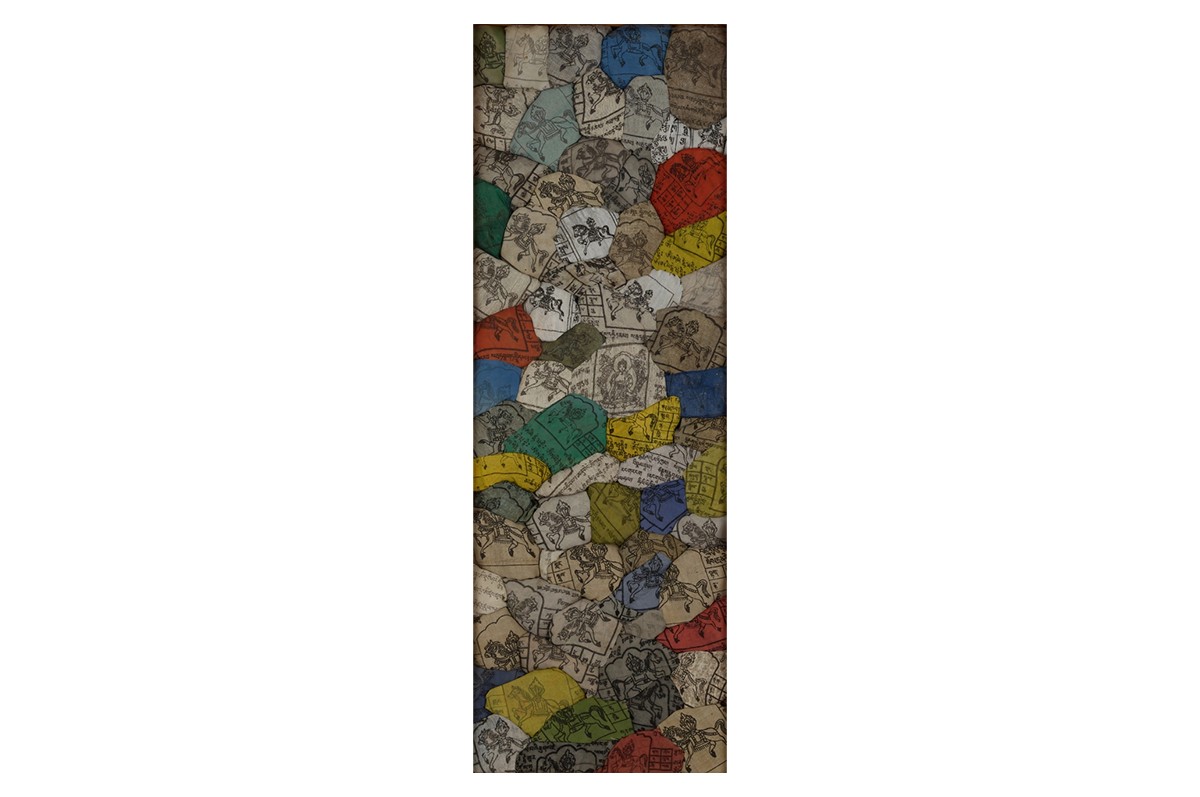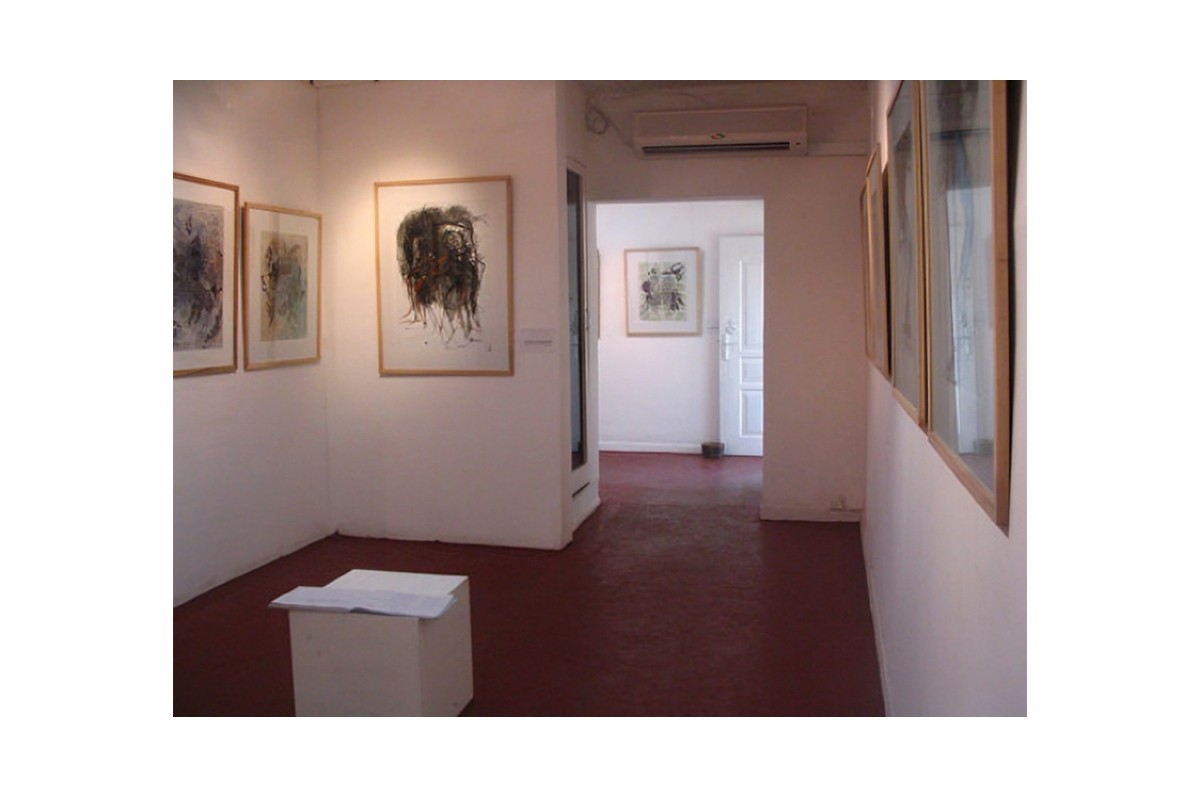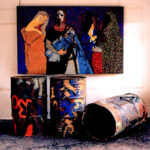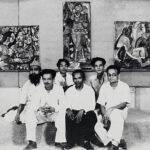Non-Profit Art Organisations Are Founded across South Asia
1993–2000
As foreign funding begins to enter the subcontinent, first and most emphatically through the newly liberalised economy of India, South Asian art gains a contemporary character that keeps pace with developments in the wider art world. While well-established institutions — mainly universities and museums — continue to play a major role in producing the artists and art historical knowledge of various countries, smaller non-profit organisations and galleries also emerge, supported by funders who see South Asian art as a potentially lucrative investment.
These organisations, such as Vibhavi Academy, Khoj International Artists’ Association and VAST Bhutan, provide grants, residencies and workshops to artists so that they may have a form of academic and cultural support that is seen as lacking in increasingly commercialised spaces such as galleries, which are seen as largely beholden to collectors and the market. These organisations also become spaces for artists to gather and share ideas, find common ground and collaborate across borders, and foster the formation of artist collectives as part of a postmodern push away from the mythos of the lone artist.
In a subcontinent whose political landscape, despite an overall rise in GDP, is marked by communal tensions, frequent territorial skirmishes, civil strife and the emergent threat of nuclear war, these spaces actively support art that dismantles colonial and capitalist ideas of industrial and economic development. They will also become models for later organisations with a more globalised, Postmodernist character, such as Theertha International Artists Collective and ArTree Nepal.
Bibliography
Adajania, Nancy. “New Media Overtures Before New Media Practice in India.” In Art and Visual Culture in India 1857–2007, edited by Gayatri Sinha, 266–81. Mumbai: Marg, 2009.
Narula, Monica. “How to Be an Artist By Night.” In Art School (Propositions for the 21st Century), edited by Steven Henry Madoff. New York: MIT Press, 2009.
Perera, Anoli. “Collectivism in the Contemporary Sri Lankan Art: The History of an Unusual Case of Artists.” In Intersections of Contemporary Art, Anthropology and Art History in South Asia: Decoding Visual Worlds, edited by Sasanka Perera and Dev Nath Pathak, 271–96 Cham: Palgrave Macmillan, 2019.
Sooudi, Olga Kanzaki. “Making Mumbai’s Emerging Art World through Makeshift Practices.” South Asia: Journal of South Asian Studies 39, no. 1 (2016): 149–66.
Wangmo, Kinley. “The Emerging Contemporary Artscape of Bhutan.” Marg 66, no. 4 (June 2015): 52–61.
Feedback 
This entry appears in
Art in South Asia
Visit Timeline
Associated Timeline Events
First Published: March 11, 2024
Last Updated: May 22, 2024



